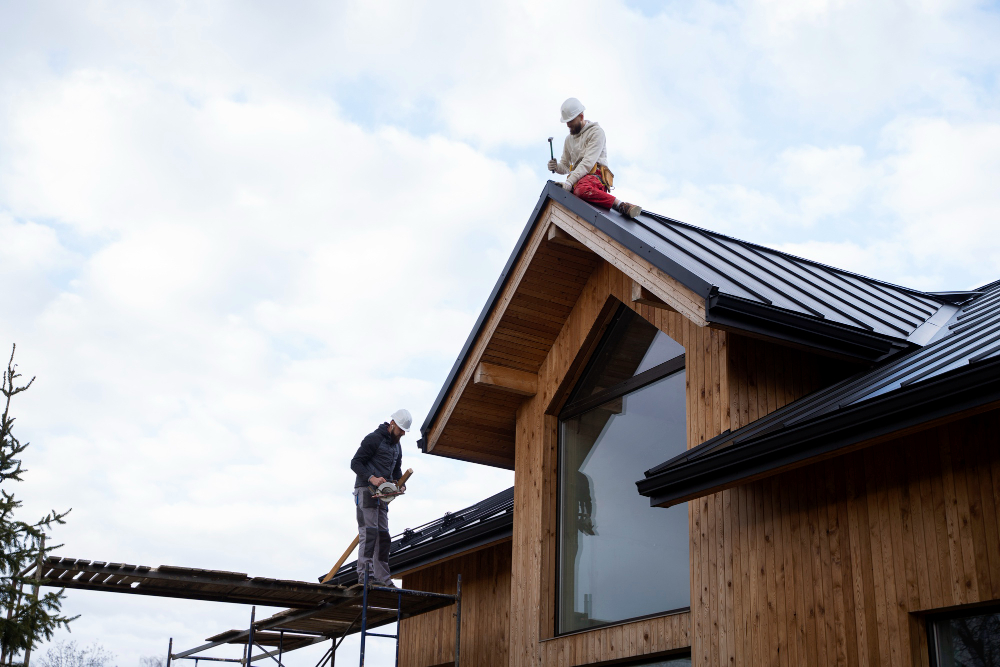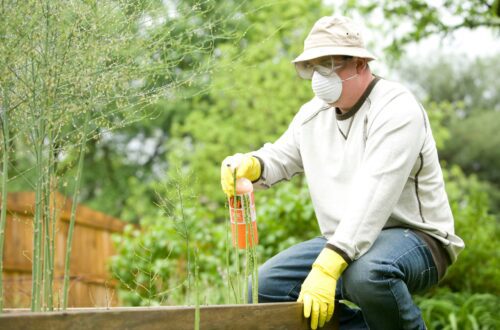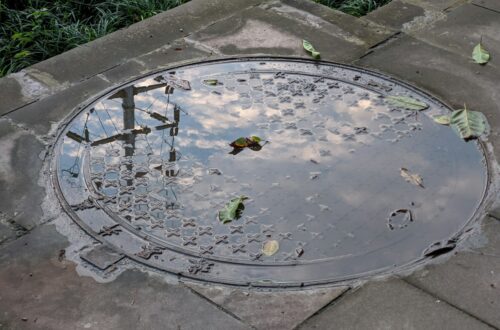A roof is more than just a cap on your home; it’s a shield against the elements, providing safety and comfort to you and your family. However, like any other part of your house, a roof is susceptible to wear and tear. Recognizing signs of trouble early can save you from costly repairs and ensure the longevity of your shelter. In this guide, we’ll explore various indicators that your roof might be in need of attention.
The Importance of a Healthy Roof
Before delving into the signs, let’s underscore the significance of a well-maintained roof. As a reputable Dallas roofing company will confirm, a healthy roof not only safeguards your home from rain, snow, and sunlight but also contributes to energy efficiency. A compromised roof can lead to various issues, including water damage, mold growth, and increased energy bills. Regular inspection and prompt action can prevent these problems and extend the life of your roof.
Interior Signs of Roof Issues
Ceiling Stains and Discoloration
One of the most visible interior signs of roof problems is stains or discoloration on your ceiling. These stains are often indicative of water leaks, and addressing them promptly can prevent further damage to your ceiling and walls.
Mold and Mildew
A damp or leaking roof provides an ideal environment for mold and mildew to thrive. If you notice a musty odor or see mold spots on your walls or ceiling, it could be a sign of a roofing issue that needs attention.
Peeling or Bubbling Paint
Moisture seeping through the roof can cause the paint on your walls and ceiling to peel or bubble. Keep an eye out for these signs as they might indicate a hidden roofing problem.
Exterior Signs of Roof Issues
Missing or Damaged Shingles
The exterior of your roof is exposed to the elements, and over time, shingles can become loose, damaged, or even missing. Inspect your roof regularly for any signs of shingle issues, as they are a clear indication of potential leaks.
Sagging Roof Deck
A sagging roof deck is a serious concern and could be a sign of structural issues. If you notice any areas of your roof visibly sagging, it’s crucial to seek professional assistance promptly.
Granule Buildup in Gutters
Check your gutters for an accumulation of granules from the shingles. Excessive granule loss indicates that your shingles are deteriorating, and the protective layer is wearing off, leaving your roof vulnerable to damage.
Leaks and Water Infiltration
Water Stains in the Attic
The attic is often the first place where water damage becomes apparent. Check for water stains or dampness in the attic, especially after heavy rain. Identifying and addressing leaks early can prevent extensive damage to your home’s structure.
Dripping Sounds or Water Puddles
Unexplained dripping sounds or water puddles in your home, especially during rainstorms, are clear indications of a roof leak. Investigate and address the source promptly to prevent further damage.
Signs of Roof Ventilation Issues
Excessive Heat in Attic
Poor ventilation can lead to an excessively hot attic, causing damage to your roof and reducing the overall energy efficiency of your home. Ensure proper ventilation to mitigate this issue.
Condensation in Attic
If you notice condensation forming in your attic, it could be a sign of inadequate ventilation. Proper ventilation helps regulate temperature and humidity, preventing moisture-related issues in your attic and roof.
Chimney and Flashing Problems
Loose or Damaged Flashing
Flashing is a critical component that seals joints and seams in your roof, including around chimneys. Inspect flashing regularly and address any issues promptly to prevent water infiltration.
Cracks in Chimney Mortar
A chimney is often a vulnerable point for roof issues. Cracks in the chimney mortar can allow water to seep in, leading to both roof and interior damage. Regular chimney maintenance is crucial for a healthy roof.
Gutters and Downspout Issues
Clogged Gutters
Clogged gutters can lead to water backup, causing damage to your roof and siding. Regularly clean your gutters to ensure proper water drainage and prevent potential roofing problems.
Misaligned or Damaged Downspouts
Downspouts play a crucial role in directing water away from your home’s foundation. If they are misaligned or damaged, water can pool around the foundation, potentially leading to roof and structural issues.
Unexplained Spike in Energy Bills
Poor Insulation and Ventilation
An unexplained increase in energy bills could be linked to poor insulation or ventilation in your attic. Proper insulation and ventilation are essential for regulating your home’s temperature and energy efficiency.
Heat Escaping Through the Roof
If your roof is not adequately insulated, you may experience heat loss during colder months. This can result in higher heating costs and discomfort in your home. Ensure your roof is properly insulated to maintain energy efficiency.
The Role of Age in Roof Issues
Understanding the Lifespan of Your Roof
Every roof has a lifespan, and understanding the type of material used in your roof can help you anticipate potential issues. Keep track of your roof’s age and be proactive in addressing signs of aging, such as brittle or curled shingles.
Regular Roof Inspections for Older Homes
Older homes require more frequent roof inspections. Regular checks for signs of wear and tear, combined with timely repairs, can extend the life of an aging roof and prevent major issues.
Conclusion
In conclusion, your roof is a vital component of your home’s structural integrity and overall well-being. Regular inspections and prompt action when you spot signs of trouble can save you from costly repairs and ensure a safe and comfortable living environment. By staying vigilant and addressing roofing issues early, you can protect your home and enhance its longevity. Don’t wait until a small problem becomes a major headache – keep an eye on your roof, and it will continue to shelter you and your family for years to come.






